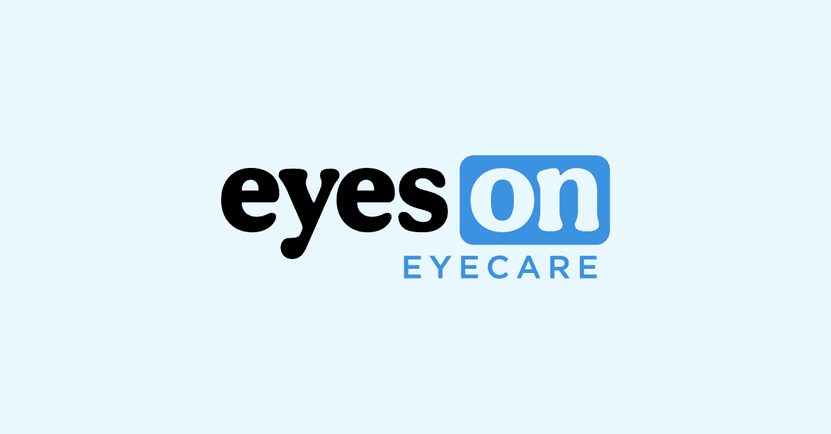I firmly believe as optometrists, we should use each patient encounter to educate our patients on our capabilities as optometrists.
We are much more than “eye exams,” glasses, and contacts.
We are more than artificial tears.
We have the capabilities to enhance our patient’s vision and their lives.
These are the six things I always discuss with my patients at every eye exam.
1. UV Protection
Do your patients know:
- Each year 2,000 patients are diagnosed with ocular melanoma?1
- In 2015 alone, more then 3.6 million cataract procedures were performed?2
- There are 200,000 new cases of macular degeneration are diagnosed each year?3
Are you discussing UV protection with the parents of your pediatric population?
- A child’s skin is thinner and therefore more sensitive and susceptible to damage even for short times outdoors
- “Epidemiological studies demonstrate that frequent sun exposure and sunburn in childhood set the stage for high rates of melanoma later in life.”4
- Increased life expectancy increases the risk of developing skin cancers and cataracts.
- “Estimates suggest that up to 80 per cent of a person’s lifetime exposure to UV is received before the age of 18.”4
2. Optics
Are you educating on the optics involved in lens selection from the chair?
Do you ask about their office conditions?
Do they use a desktop? Laptop? Multiple monitors? Are they entering paperwork into a computer?
These questions are vital for prescribing and enforce the optics involved in quality glasses. I explain to my patients that the best lenses today are digitally enhanced. The lenses take into account the frame selection. The tilt, the wrap, how it sits on their faces, even if they are right or left-handed.
I also explain the measurements involved. Each frame requires its own set of measurements, and a “standard measurement” is not good enough for everyone.
Just like with lenses, there is an art to
frame selection. Certain frame choices are superior for their prescription lenses.
The public must understand that prescription glasses are custom made for them. They are not a commodity.
3. Blue Light Protection
Healthcare has changed in the last decade and the emphasis has been shifted to preventative care. If you knew something could result in damage to your eyes down the road or complications with your vision, wouldn’t you do everything in your power to ensure that doesn’t occur.
Thats where blue light coatings come into play. Can I be 100% sure of the science at this point? Maybe not. However, there might be enough data that makes it reasonable to suggest an investment in a blue light coating like
Prevencia. When it comes to health, there is no reason not to be more cautious and careful.
Transition lenses are also a great addition to your patient’s glasses collection. Not only do they provide UV protection outdoors, but they protect your patient’s eyes from blue light.
I’ve started recommending to my patients that “clear” lenses should be substituted for Transition lenses. Sunglasses serve an additional purpose.
4. The Link Between Systemic and Ocular Health
We as optometrists are fully aware of systemic complications we can detect from an eye exam, but are we communicating that to our patients?
I think it’s imperative for the future of our profession for the public to know that an eye exam should be conducted yearly, and is more then just 1 or 2. Take the time and educate each of your patients on the things that can be detected from an eye exam like leukemia, sarcoid, diabetes, and hypertension. Even our college educated patients are unaware of the importance of a dilated fundus exam.
5. Current Contact Lens Technologies
When examining your contact lens wearing patients, do you ask the following questions?
- How is the comfort of your lens?
- How long can you wear them?
- Is there anything I can make better?
- How are you currently wearing your lenses?
If you start to ask these things, you will find that very few patients are happy in their current contact lens brand. Many patients are in monthly lenses and only wearing them for sports. Many patients travel and are using peroxide when they could switch to dailies. Some patients have been wearing the same brand of lenses for years!
You don’t want them to find out about new technology from their friends, but from yourself.
6. Anti-Fatigue Lenses
If you aren’t checking accommodation on every 10-39 year old that walks into your office, start. You will find quickly that almost everyone can benefit from an anti-fatigue lens. My current favorites include the Shamir Relax or an Eyezen lens depending both on the add and the patient’s insurance. I almost think that single vision lenses are becoming obsolete.
It is my hope as a profession we will do a better job communicating our scope of practice to our patients.
When we facilitate conversations in the aforementioned areas, our patients will understand the complexity of what we do.
They will no longer see contact lenses as commodity items.
They will appreciate the optics involved in the frame and lens selection process over online retail.
We will be practicing to the full scope of our capabilities.
